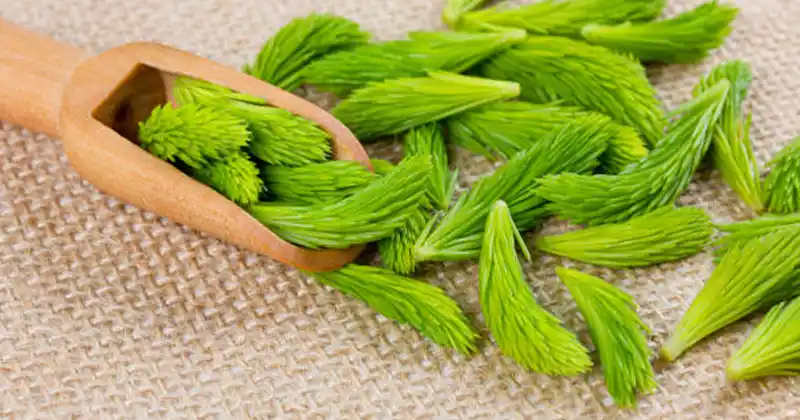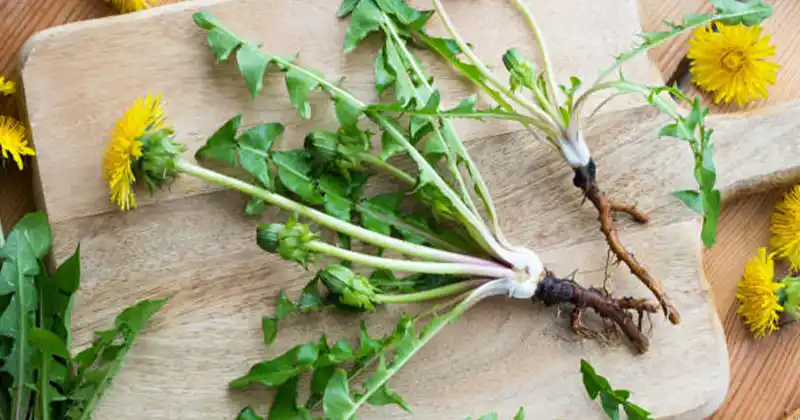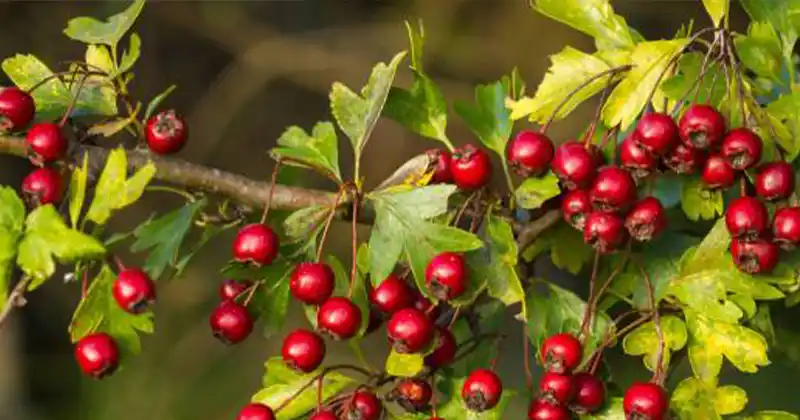5 Essential Leaves to Improve Your Eye Health Naturally

As we age, eye health can start to decline, leading to discomfort and vision issues like dry eyes, cataracts, or blurry night vision. While many may think this is an inevitable part of aging, certain nutrients can help maintain eye health and even prevent vision deterioration. Here, we’ll discuss five incredible leaves rich in essential nutrients that contribute to better eye health.
1. Nori (Seaweed)
Nori, a type of seaweed often used in Japanese cuisine, might be an unexpected but powerful addition to your diet. Rich in omega-3 fatty acids, Nori helps to maintain the fatty layer of the tear film, which is essential for eye lubrication. Omega-3s can reduce the risk of age-related macular degeneration and cataracts by up to 30%. Additionally, omega-3s prevent the formation of abnormal blood vessels in the retina, which is beneficial for those with diabetes or high blood pressure—conditions that could harm vision.
If you find it difficult to source Nori, other foods like salmon, sardines, flaxseeds, chia seeds, and olive oil can also provide significant amounts of omega-3.
2. Spinach
Spinach is renowned for its high content of lutein and zeaxanthin, two powerful antioxidants that act as natural sunscreens for the eyes. These compounds filter harmful blue light and protect the eye tissues from damage caused by exposure to the sun. The antioxidants in spinach help combat free radicals, reducing the risk of cataracts and delaying the onset of age-related macular degeneration.
Moreover, spinach is also rich in vitamins A, C, and the mineral zinc. Vitamin A is essential for maintaining the health of the cornea and ensuring that the optic nerve and retina function optimally, aiding in night vision and overall eye health. Zinc supports the structural health of the retina and may help prevent night blindness.
3. Broccoli
Broccoli shares many nutritional properties with spinach, making it another excellent choice for eye health. Packed with vitamin A, lutein, zeaxanthin, and vitamin C, broccoli contributes to the maintenance of a healthy cornea and retina. Vitamin A helps produce pigments in the retina and improves light absorption, crucial for clear vision. This nutrient is also essential for the proper function of the optic nerve.
Broccoli is also a great source of vitamin E and zinc, which are key players in protecting the eyes from oxidative stress. Together, these nutrients ensure that the eyes are shielded from potential damage, support clear vision, and maintain overall eye function.
4. Kale
Kale is another leafy green that deserves attention for its eye health benefits. Like spinach and broccoli, kale is rich in lutein, zeaxanthin, vitamins A and C, and zinc. Vitamin C is particularly vital for eye health as it supports the integrity of ocular structures and helps prevent oxidative damage. The aqueous humor—the fluid in the eye—contains a high concentration of vitamin C, up to 20 times higher than that found in the blood.
Regular consumption of kale can also provide a boost of vitamin E, which is known for its antioxidant properties. This vitamin helps maintain the health of the macula, lens, and eye muscles, reducing the risk of developing cataracts and protecting the eyes from the effects of aging.
5. Orapronobis (Pereskia aculeata)
Orapronobis is a leaf that might be less known but holds remarkable benefits for eye health. Rich in lutein, zeaxanthin, vitamins A, C, E, and zinc, this leaf acts as a comprehensive ally for protecting the eyes. Vitamin E, in particular, strengthens the eye muscles and preserves the health of the macula, helping to prevent conditions like presbyopia (age-related farsightedness) and blurred vision.
Beyond vitamins, Orapronobis is abundant in folic acid and iron, supporting overall wellness and eye health. Its combination of nutrients helps shield the eyes from oxidative stress and premature aging, ensuring better long-term vision.
Tips for Preparing and Consuming These Leaves
While these leafy greens can greatly benefit eye health, it’s crucial not to overcook them. Excessive cooking can deplete their nutrient content and reduce their effectiveness. Light steaming or sautéing preserves most of their beneficial compounds. For example, spinach should be cooked just until it wilts, and broccoli should be lightly steamed to retain its bright green color and crunch.
For added variety, try incorporating these leaves into salads, smoothies, or as side dishes to your main meals. Combining these nutrient-rich greens with healthy fats such as olive oil or avocado can enhance the absorption of fat-soluble vitamins like A and E.
Maintaining eye health is possible with the right nutrition, and these five leaves—Nori, spinach, broccoli, kale, and Orapronobis—are powerful tools in your diet to support vision and prevent age-related issues. Remember, balanced and consistent intake of these nutrients, along with a healthy lifestyle, can keep your eyes functioning well for years to come.
Ensure that these leaves are part of a varied, nutrient-rich diet, and consult a healthcare professional for personalized advice, especially if you have specific vision problems or underlying health conditions.



















